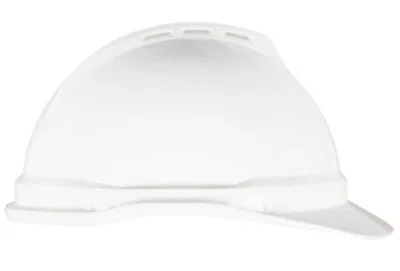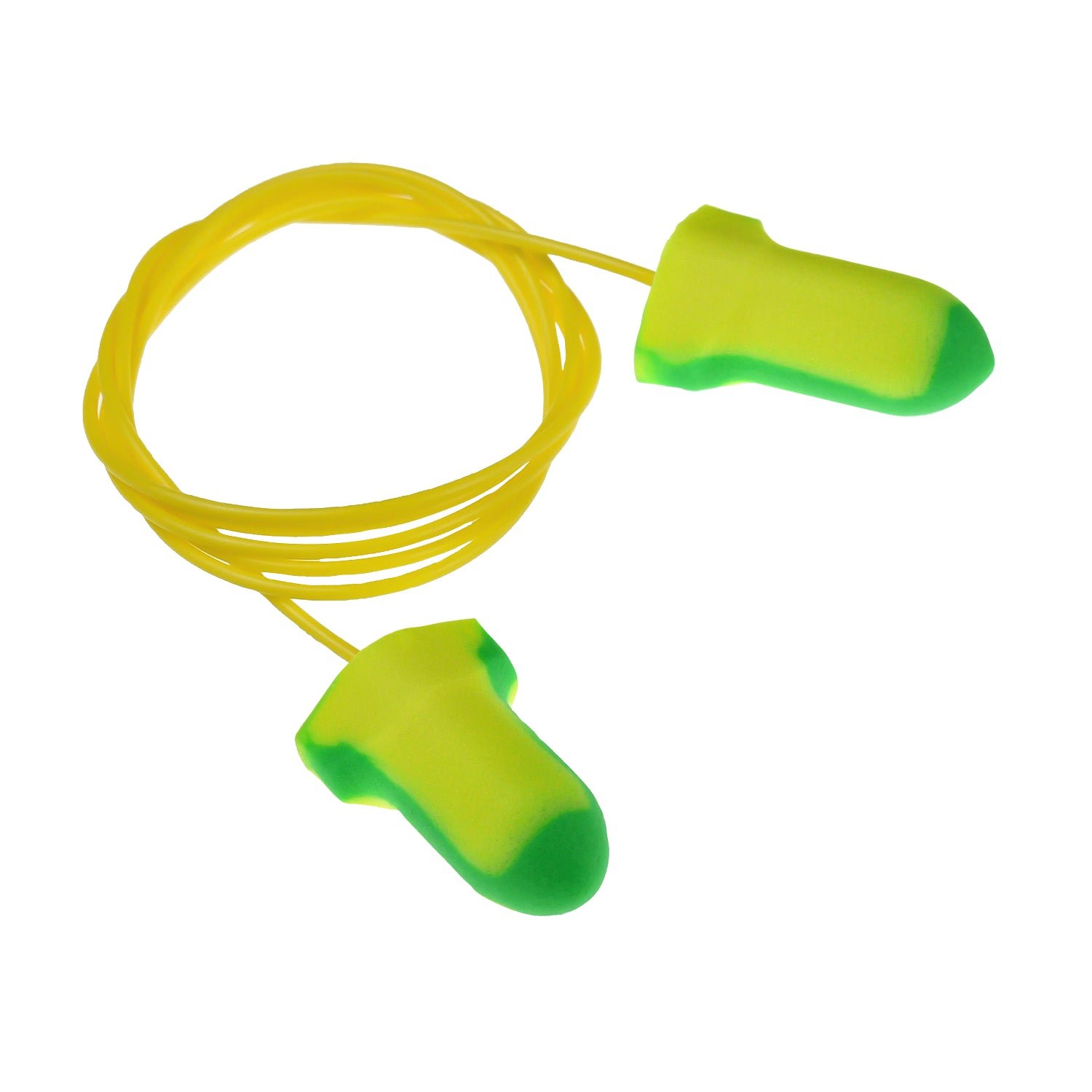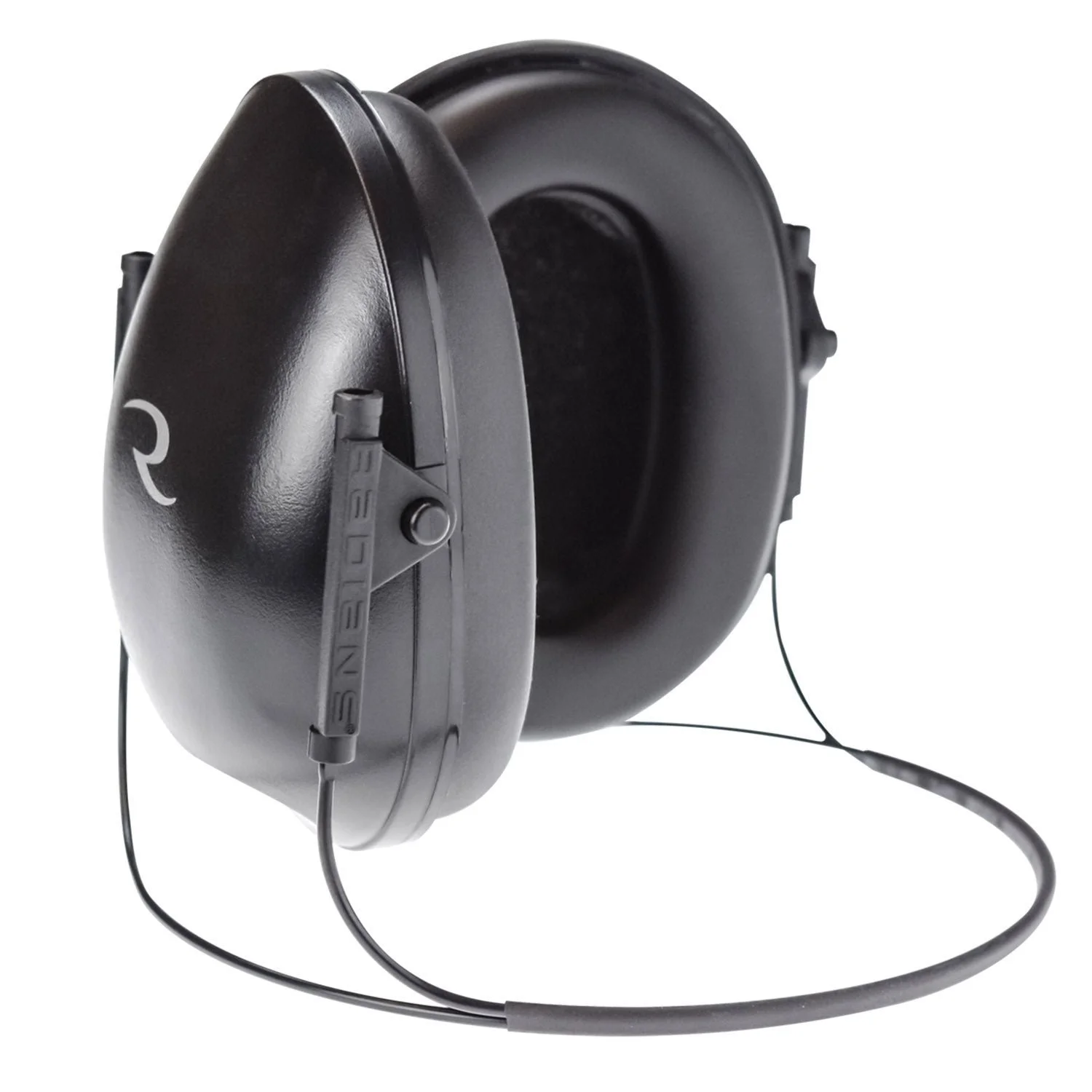Safety 101: Head Protection
Welcome back to safety 101 with TeamCraft Roofing and Wryker Construction Supply*! This week we are diving into the variety of PPE available to construction professionals that offer protection to the head. “Head protection” is a loaded statement that encompasses a wide variety of PPE. Our article focuses on what we believe are the most vital forms of head protection, but you should always consult with a safety professional if you have any questions or concerns about your PPE. The information in this article is not meant to be a replacement to the safety labels on your PPE; the label’s warning information should always supersede what you read online.
There is arguably no part of the body more important than your head. According to the Bureau of Labor Statistics, there are approximately 150,000 accidents resulting in injury at construction sites in the United States each year, and approximately 65,000 of those are head related injuries. The importance of head protection cannot be overstated. Unlike most parts of the body, head injuries have the ability to cause other bodily functions to shut down after sustaining damage. Head injuries can lead to Traumatic Brain Injury (TBI), concussions, personality changes, coma, internal bleeding, and many other life threatening conditions or death. Traumatic Brain Injury (TBI) is a common diagnosis within construction related head injury, and hardhats have the ability to help prevent such injury when they are routinely and appropriately utilized on the job.
Protecting the head involves more than just hard hards. The major categories of head protection PPE that we will cover today are listed below:
Hardhats
Safety Goggles
Ear Plugs
Hard Hats
There are a variety of different hard hats available to construction professionals, so it is important to make sure that you understand what is available before selecting your product. OSHA has two hard hat standards:
29 CFR 1910.135 governs hard hat requirements for general industry workers
29 CFR 1926.100 refers to head protection requirements for construction, demolition, and renovation workers
These standards broadly require that workers wear hard hats when there is the potential for head injury from, “impacts, falling or flying objects, or electrical shock.” Employers must ensure that their employees have and are utilizing the appropriate hard hat when faced with these workplace hazards. The standards above govern when a hardhat should be utilized, and which American National Standards Institute (ANSI) codes it needs to adhere with.
OSHA also states that all hard hats should meet the following four criteria:
Resist penetration
Absorb the shock from a blow to the head by an object
Be slow to burn
Be water-resistant
Some hardhats are classified according to specific ANSI rating criteria. These categories of hardhats and their purposes are outlined below according to ANSI Z89.1-1986:
Class A Hard Hats: protect against impact, penetration and low-voltage electrical conductors. For certification, sample shells are proof-tested at 2,200 volts of electrical charge.
Class B Hard Hats: protect against impact, penetration and high-voltage electrical conductors. Sample shells are proof-tested at 20,000 volts.
Class C Hard Hats: protect against impact and penetration only. Class C hard hats are usually made of aluminum, which is an electrical conductor, and therefore should not be used in situations involving electrical hazards.
Eleven years later in 1997 ANSI further broke down the electrical class of hardhats into the following categories:
Class G - General Helmet: provide protection against impact and object penetration. Class G is required to offer voltage protection up to 2,200 volts.
Class E - Electrical Helmet: this is equivalent to the old Class B. Class E helmets are proof-tested at 20,000 volts.
Class C - Conductive Helmet: This class provides no electrical insulation; the alpha designation did not change from the old standard.
To take care of your hard hat you should make sure to clean and inspect it daily. If you find cracks in the shell, or any other deformity, then it should be retired and replaced by an OSHA compliant hardhat. Also note that prolonged direct exposure to sunlight can substantially weaken the exterior shell of a hardhat. The lifecycle of a hardhat used in direct sunlight will be shorter than that of one used indoors.
You can purchase your hard hats from Wryker Construction Supply! PLEASE NOTE - in todays unusual supply chain environment, some products are experiencing fluctuating prices. The pricing in this article is dated January 11th, 2022. The website pricing always supersedes any blog post.
VGARD 500 Vented Hard Hat Cap Style with LOGO
Vented V-Gard 500 Caps provide cooling vents for improved air circulation and comfort. Special features of this helmet include Glaregard® surface underbrim to help reduce reflective glare and a contoured styling allowing integration of hearing protection.
Link to purchase here.
Safety Goggles
Safety goggles are critical for employees who could be exposed to flying debris. According to The Electronic Library of Construction Occupational Safety & Health, there are approximately 2.4 million eye injuries annually in the United States, at least 90% of which could have been prevented with the appropriate eye protection. According to the Bureau of Labor Statistics, in 2019 the construction industry had the second highest eye injury rate of any major industry. The need for appropriate PPE is vital in construction.
OSHA regulates eye safety, like they do all other workplace hazards. According to OSHA standard 1910.133, the employer must provide the employee eye protection when they are exposed to eye or face hazards from flying particles, molten metal, liquid chemicals, acids or caustic liquids, chemical gases or vapors, or potentially injurious light radiation. Additionally, if there is exposure from flying objects the eye protection must also provide side protection.
The three primary forms of eye and face PPE are safety glasses, safety googles and face shields. Safety glasses are the most common form of eye protection. These look like normal glasses, but are created with impact resistant material in accordance with ASNI rating standards. ANSI standards Z87 is the primary standards on eye protection.
X1 Safety Glasses by BrandX
Introducing Brand X, the new standard for elite and affordable eye protection. The X1 glasses are designed with a fixed rubber nosepiece and bayonet rubber temple for advanced user comfort. The one-piece design allows for greater peripheral vision, comparable to current frame favorites.
Brand X creates safety glasses that are designed to be worn on and off the job. Stylish, comfortable, and reliable. All BrandX Safety glasses meet the most stringent ANSI standards with best in class anti-fog and anti-scratch coatings. High performance lens technology reduces squinting and eye fatigue. These glasses are extremely well suited for professional use.
Exceeds ANSI Z87.1+ standards
Price $5.85
Link to purchase here.
Dewalt Safety Concealer Goggles
The DeWalt Concealer Goggle is constructed with dual injected rubber for ultimate durability. These comfortable goggles are designed to fit a wide range of face shapes and sizes. Polycarbonate Lens offer impact resistance, helping ensure a prolonged usable lifespan for many jobs to come. All lenses provide 99.9% UV protection.
Adheres to ANSI Z87.1+ standards.
Price: $11.50
Link to purchase here.
Ear Plugs
Head protection also involves making sure that employees hearing is looked after. Exposure to high levels of noise can cause permanent hearing loss, which neither surgery nor hearing aids can help correct. Almost all construction professionals are exposed to some degree of noise exposure, and it is important to consider that risks along with all other job sites hazards. In addition to causing harm, prolonged exposure to loud noise can also reduce work productivity, and cause potential accidents if an employee can’t hear warning signals offered by other crew members. OSHA recognizes that noise exposure is a risk to construction professionals, and offered the following guidance:
OSHA published a letter on October 2, 2000 here that states that the employer is responsible for providing the employee with ear protection if they are exposed to 8-hour TWA of 85 decibels at no cost to the employee according to The Occupational Noise Exposure Standard (1910.95).
Hearing protection generally comes in the form of ear plugs or ear muffs, and there are pros and cons to both, but ultimately the user’s preference should dictate the selection. OSHA published a comprehensive guide on job site noise protection here.
Deterrent 32 Disposable Foam Corded Earplugs
The Deterrent Disposable Foam Corded Earplugs by Radians are comfortable, easy to use hearing protection that boasts a 32NRR rating. These earplugs are made with a Slow Recovery Soft Foam for extreme, lasting comfort with outstanding hearing protection. A terrific item to have in your tool-belt for when the jobsite gets noisy. Sold as a box of 100 individually packaged units.
Adheres to ANSI S3.19 standards.
Price: $20 per box of 100 disposable ear plugs.
Link to purchase here.
Lowset BTH Earmuffs
For employees who would prefer an alternative to earplugs, this is a great solution! This Low Profile Behind the Head Earmuff works great with Hard Hats, while not interfering with Head Gear. They are terrific for professional and personal use, an elite choice for comfortable, lightweight hearing protection.
Price: $12.24
Link to purchase here.
*We do not receive any commission for the sale of product from our partner, Wyker Construction Supply.
*All average pricing is contemplating individual product purchases. As with all supplies, you can secure a discount for buying in bulk. Email sales@wryker.com to get your quotes. Prices fluctuate and are subject to supply chain. Pricing in this article is dated January 6th, 2022.





